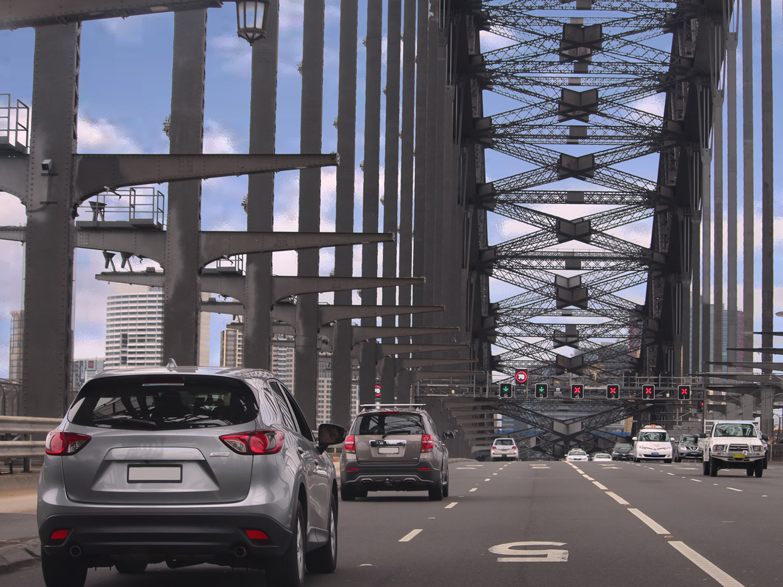A person injured in a transport accident in Victoria can access assistance from the Transport Accident Commission (the TAC). The TAC covers by insurance, all Victorian registered vehicles, which includes trains, trams and buses.
For the TAC to be liable for and accept your claim, the incident needs to have been directly caused by the driving of a public transport vehicle, of which you were either a passenger, or if as a pedestrian or cyclist, you were injured as result of the driving of a public transport vehicle. This article focuses mainly on injuries sustained as a passenger on public transport.
How the accident occurred
If a train, tram, or bus was to stop suddenly, for example, and you were injured, your TAC claim would be accepted.
Example of claims that would not be accepted as a transport accident would be if a passenger was hit by something another passenger throws, or if the passenger suffered a heart attack. In these examples the TAC would not be able to accept a claim.
Injuries which are caused by the opening or closing of train, tram, and bus doors may also be covered by the TAC.
If you suffer a loss because of the extent of your injuries directly caused by the driving of a train, tram, or bus you can lodge a claim with the TAC.
Reporting your public transport accident
It is a requirement under the legislation that before the TAC can accept your claim, you need to have reported the accident to the relevant authority.
If you were injured in a motor car accident, a police report is required.
If you were injured as a passenger, you need to make sure the accident is reported to the public transport operator (e.g. Yarra Trams, Metro Trains or the relevant bus company). In accidents that involve more significant injuries to passengers or other road users, the police will attend and complete an incident report.
For any other accident, you must make sure the driver is aware of what has happened and that you were injured as a result. If possible, you should obtain details of the driver and vehicle number and note the time of accident and your location. You should also obtain the contact details of any other passengers who witnessed the incident. You should keep all the details about the accident to assist with lodging your claim. These details will also assist if there is any doubt in the future about what occurred and who was at fault for the accident.
You should request that the driver completes an incident report with their employer. If for any reason you are unable to make the driver aware of the incident, you will need to report the accident to the public transport operator. If the public transport operator does not complete an incident report, you can report the accident to the police.
However, the TAC will need independent evidence that you were involved in a transport accident, and you were injured, in order to accept your claim. That evidence could be from another passenger or from CCTV, for example.
Lodging your TAC claim
Once your public transport accident has been successfully reported, you can telephone the TAC on 1300 654 329 to begin the claims process. Alternatively, you can make the claim online with the TAC.
The TAC will provide you with a completed claim form based on the information you have given them. Your TAC claim will not be ‘lodged’ and accepted until you have returned the signed claim form paperwork to the TAC. It is important that the TAC claim form is correct when the claim form is returned to the TAC.
Time limits to lodge a TAC claim
We recommend that a TAC claim is made as soon as possible after the accident. To avoid your public transport accident claim being lodged “out of time”, you should make your TAC claim within 12 months of the public transport accident.
A claim can be lodged up to 3 years after the accident, however, the TAC can reject a claim if they do not accept the reasons given for the late lodgement. If the claim is lodged more than 3 years after your public transport accident, the TAC cannot accept a claim as it will be out of time.
TAC statutory entitlements with an accepted claim
Medical and Like services
This covers, medical treatment, radiological investigations, rehabilitation, home help, childminding, medications, physical therapies, and travel costs to treatment.
The TAC should pay for any reasonable treatment and services relating to your transport accident injuries.
Loss of Earnings/Loss of Earning Capacity benefits if you cannot work
A claim for loss of wages will be assessed by the TAC based on your payslips or tax returns. If you are self-employed, the TAC will require information about your earnings. The final assessment is known as the Pre-accident Weekly Earnings. You will also need to provide medical certificates from your doctor that you are unable to work in order to receive payments.
An impairment benefits lump sum
If you are left with a permanent impairment as a result of your transport accident injuries, you may be assessed under Permanent Impairment Guidelines. If all your injuries are determined at more than 10 per cent you will have an entitlement. At the time of writing, TAC pays $9,010 for injuries which assess at 11 per cent, with the maximum payment being $411,470.
Common Law entitlements
If your whole person impairment is assessed and the accident was not your fault, you may have a further entitlement. This further claim for pain and suffering and loss of wages can be made if it is agreed you have a suffered a serious injury.
If you or someone you know was injured on public transport or because of a train, tram or bus, you can submit an online enquiry or call our Redlich’s Work Injury Lawyers advice line on (03) 9321 9988 and speak directly with a member of our legal team about your TAC entitlements.


